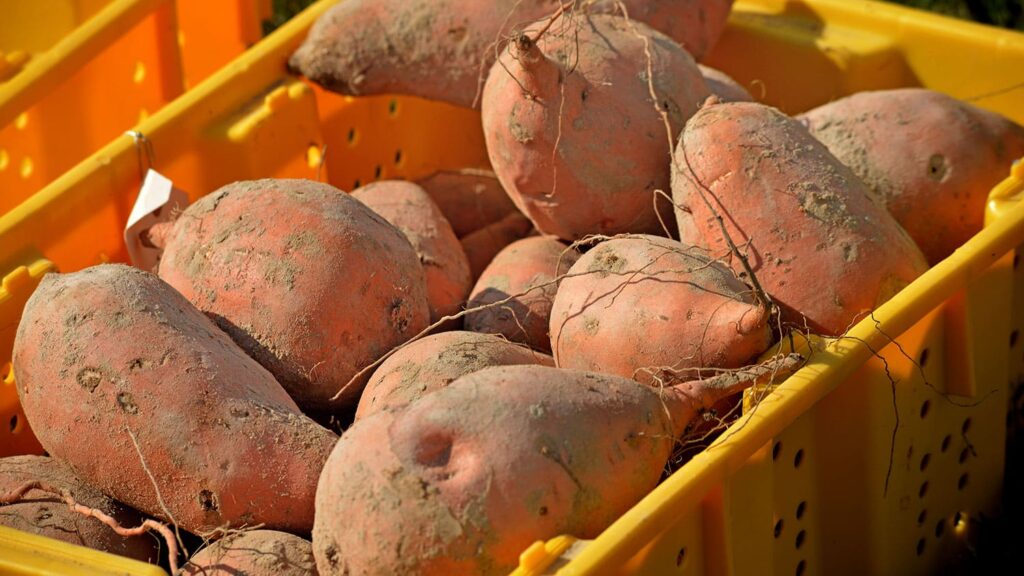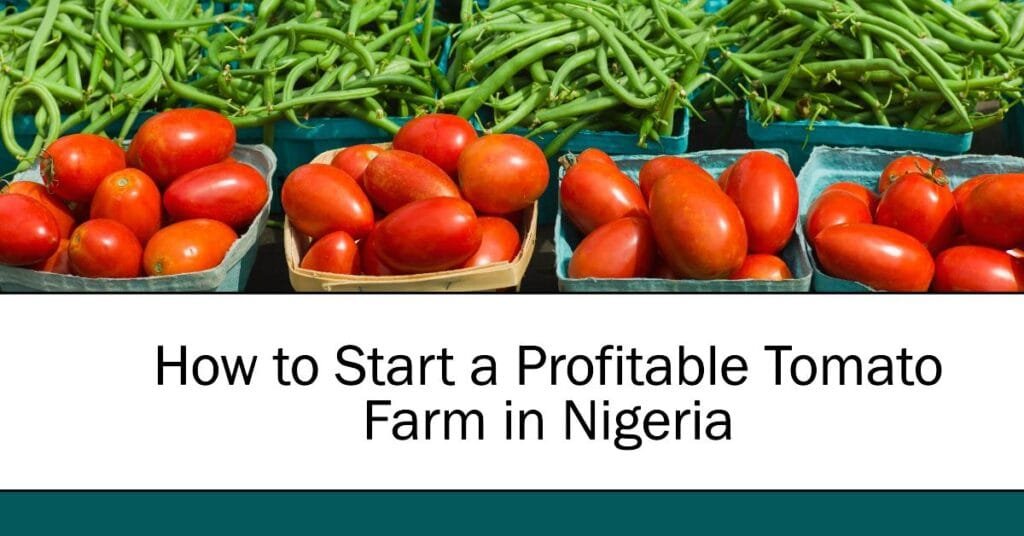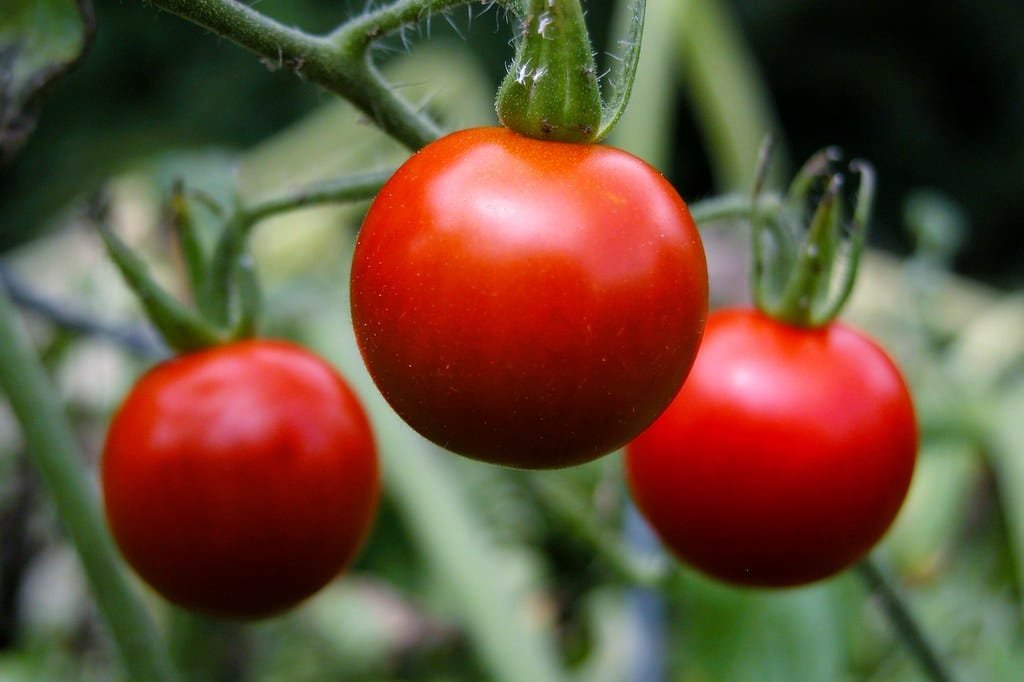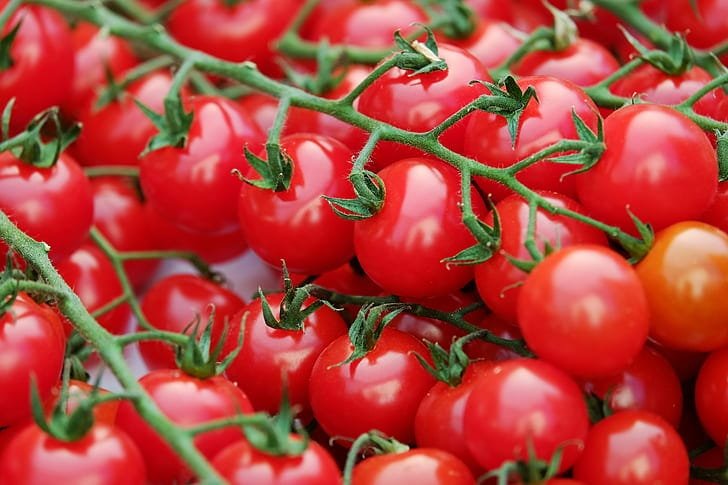Keeping sweet potatoes fresh and high-quality after harvest isn’t just about tossing them in a cool, dark place. It requires the right post-harvest handling, curing, and storage techniques to prevent spoilage, extend shelf life, and maintain their natural sweetness. Whether you’re a commercial farmer or a home gardener, here’s how to do it right.
Why Proper Post-Harvest Handling Matters
Sweet potatoes are highly perishable. Without proper handling, they can develop rot, shrivel, or lose flavor. Research shows that post-harvest losses in sweet potatoes can reach up to 25-30% due to poor storage conditions (FAO). But with the right approach, you can keep them fresh for up to 12 months!
Step 1: Curing – The Secret to Long-Lasting Sweet Potatoes
Curing is a must if you want to store sweet potatoes long-term. It toughens the skin, heals wounds, and enhances their natural sweetness.
How to Cure Sweet Potatoes Properly
- Temperature & Humidity: Cure them at 80–85°F (27–29°C) with 85–90% humidity for about 7-10 days (Good Housekeeping).
- Ventilation: Use a warm, well-ventilated area like a barn, greenhouse, or even a closet with a small heater and humidifier.
- Avoid Sunlight: Direct sun exposure can cause sunburn, leading to faster spoilage.
- Spacing Matters: Spread them out in a single layer to allow airflow.
What Happens If You Skip Curing?
- The potatoes won’t store as long.
- They’ll be more prone to bruising and rot.
- The taste won’t be as sweet and rich.
Step 2: Best Storage Techniques for Sweet Potatoes
Once cured, proper storage is key to preventing spoilage. Here’s what works:
1. Ideal Storage Conditions
- Temperature: Store at 55–60°F (13–15°C). Too cold? They develop a hard core. Too warm? They sprout and spoil.
- Humidity: Maintain 75–80% humidity to prevent drying out but avoid excess moisture that can cause rot (FAO).
- Dark, Well-Ventilated Area: Basements, cellars, or pantries work well. Avoid airtight containers!
2. Storage Methods
| Storage Method | Pros | Cons |
| Wooden Crates with Sand | Prevents moisture loss, great for long-term storage | Requires space |
| Wire Baskets or Mesh Bags | Allows air circulation | Not ideal for humid areas |
| Cardboard Boxes with Straw | Easy and low-cost | Can attract pests |
| Refrigeration (NOT Recommended) | None | Too cold, damages texture and taste |
3. Preventing Spoilage
- Check weekly for soft spots, mold, or sprouting. Remove affected potatoes immediately.
- Never wash before storing – moisture speeds up decay.
- Rotate your stock – use older ones first.
Step 3: Alternative Storage Techniques for Long-Term Use
If you want to keep sweet potatoes for months (or even years), consider alternative preservation methods:
1. Freezing
- Blanch slices for 2–3 minutes before freezing.
- Store in airtight bags to prevent freezer burn.
2. Drying/Dehydrating
- Slice into thin pieces and dehydrate at 125°F (52°C) until crisp.
- Great for making chips or powder for soups and baking.
3. Canning
- Use a pressure canner – sweet potatoes are low in acid and require high heat to prevent bacteria.
Common Mistakes to Avoid
- Skipping the curing process – this is the #1 reason for early spoilage.
- Storing at fridge temperatures – this leads to “chilling injury,” making them hard and tasteless.
- Leaving damaged tubers in storage – rot spreads quickly!
Final Thoughts: The Best Way to Store Sweet Potatoes
If you follow these best practices, your sweet potatoes can last anywhere from 6 to 12 months in storage. Proper curing, ideal temperature, and good ventilation are the game changers. Want even longer storage? Try freezing, drying, or canning.
Quick Recap:
- Cure for 7–10 days at 80–85°F (27–29°C) with 85–90% humidity
- Store at 55–60°F (13–15°C) with 75–80% humidity
- Keep in a dark, well-ventilated place like a basement or pantry
- Avoid washing before storage to prevent early spoilage
- Check regularly for mold or sprouting
Want to reduce food waste and enjoy sweet potatoes all year round? Start with proper post-harvest handling today!




